Mastering Translations on the Coordinate Plane: A Step-by-Step
The coordinate plane, a foundational concept in mathematics, is more than just a grid of points. It serves as a playground for various geometric transformations, among which, translations are fundamental. A translation moves a shape to a new position without changing its size, orientation, or shape. But how do we systematically carry out translations on the coordinate plane? In this guide, we'll demystify this concept and walk you through the process.
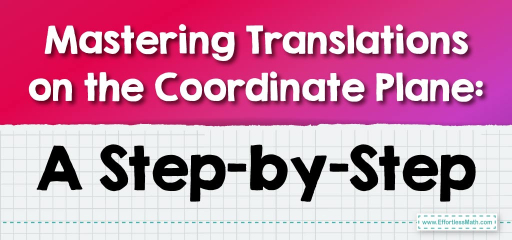
Step-by-step Guide: Translations on the Coordinate Plane
Understanding Translations:
A translation shifts a figure or point a certain distance in a specific direction on the coordinate plane. The distance and direction are determined by a given vector.
The Role of Vectors:
In the context of translations, a vector is a direction and magnitude. For instance, a vector of \( (3, 2) \) means moving \(3\) units to the right and \(2\) units up.
Executing a Translation:
- Identify the Starting Point: If you’re translating a single point, note its coordinates. For a shape, identify all the vertex coordinates.
- Apply the Vector: Add the vector’s x-coordinate to the x-coordinates of your points and the vector’s y-coordinate to the y-coordinates.
- Plot the Translated Point or Shape: Once the new coordinates are found, plot them on the coordinate plane.
Examples
Example 1:
Triangle \(ABC\) with vertices \(A(1,2)\), \(B(3,2)\), and \(C(2,4)\)
Translation Vector: \(4\) units to the right and \(3\) units up
Solution:
To translate the triangle, add \(4\) to the x-coordinates and \(3\) to the y-coordinates of each vertex.
\(A'(x, y) = (1 + 4, 2 + 3) = (5, 5) \)
\(B'(x, y) = (3 + 4, 2 + 3) = (7, 5) \)
\(C'(x, y) = (2 + 4, 4 + 3) = (6, 7) \)
The translated triangle \(A’B’C’ \) has vertices at \(A'(5,5)\), \(B'(7,5)\), and \(C'(6,7)\).
This example demonstrates the movement of an entire shape (a triangle in this case) based on the given translation vector. The translated triangle maintains its original shape but is repositioned on the coordinate plane.
Example 2:
Point \(B(6, 2)\)
Translation Vector: \(3\) units up
Solution:
To translate the point vertically by \(3\) units upwards, add \(3\) to the y-coordinate.
\(B'(x, y) = (6, 2 + 3) = (6, 5)\)
Practice Questions:
- Translate the point \( E(3,4) \) using the vector \( (-2, 1) \). What is the new coordinate?
- Given a rectangle with vertices \( F(1,1), G(4,1), H(4,3), \) and \( I(1,3) \), translate it using vector \( (3, 0) \). What are the new vertex coordinates?

Answers:
- \( E'(1,5) \)
- \( F'(4,1), G'(7,1), H'(7,3), \) and \( I'(4,3) \).
Related to This Article
More math articles
- GED Math Question Types
- Top 10 Tips to Create a TSI Math Study Plan
- The Ultimate TExES Core Subjects Math Course (+FREE Worksheets & Tests)
- 3rd Grade Common Core Math FREE Sample Practice Questions
- What to Consider When Retaking the ACT or SAT
- Using Strip Diagrams to Represent Fractions
- How to Add and Subtract Complex Numbers? (+FREE Worksheet!)
- Top 10 Tips You MUST Know to Retake the CLEP College Algebra
- FREE 8th Grade NYSE Math Practice Test
- How to Find the Central Angle of a Circle?

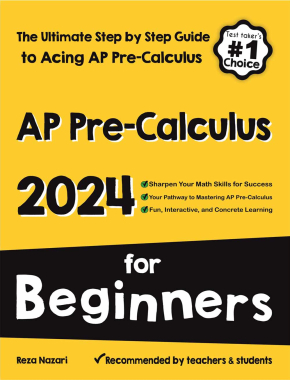
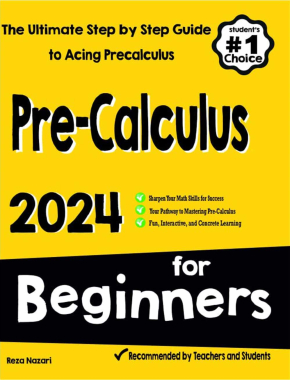





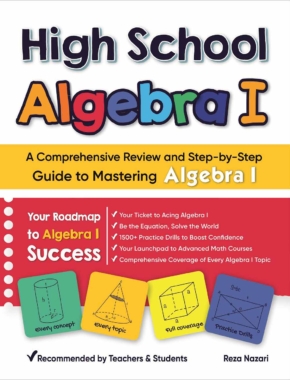
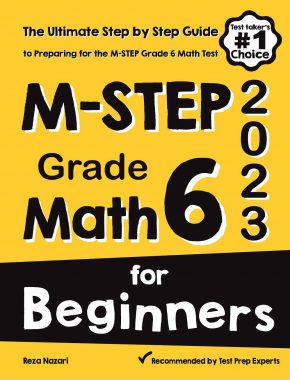
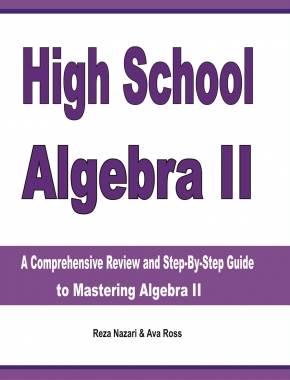
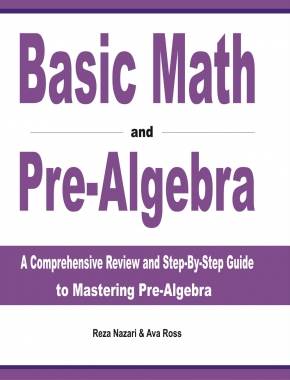
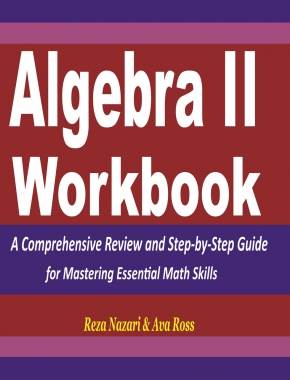


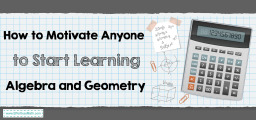

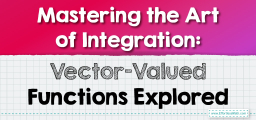






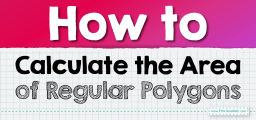

What people say about "Mastering Translations on the Coordinate Plane: A Step-by-Step - Effortless Math: We Help Students Learn to LOVE Mathematics"?
No one replied yet.